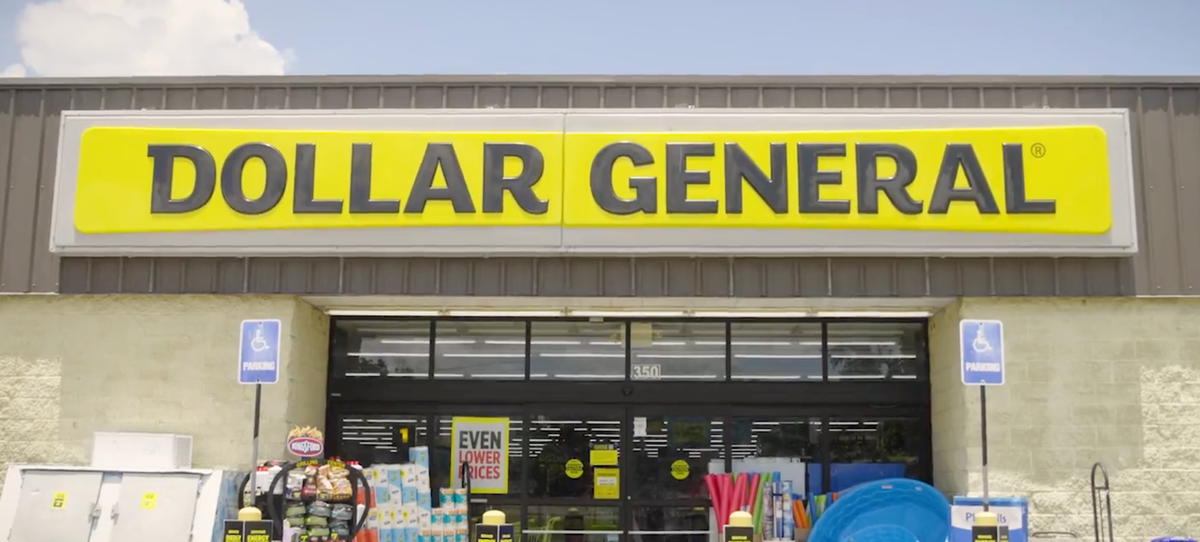Uber Eats Debuts Delivery Robots in Tokyo Amid Labor Shortage
As Japan grapples with an aging population and a shrinking workforce, the logistics industry faces a significant challenge.

Little green robots could be spotted trundling down the streets of Tokyo’s Nihonbashi district on March 6, their first day at work delivering meals for Uber Eats Japan Inc. The company’s innovative move aims to address the persistent labor shortage in the country’s logistics industry, enhancing delivery efficiency through the use of intelligent agents.

A Solution for Labor Shortages
The “2024 Problem”
As Japan grapples with an aging population and a shrinking workforce, the logistics industry faces a significant challenge. The so-called “2024 problem” anticipates severe labor shortages, particularly in last-mile delivery services. Uber Eats, known for its disruptive approach to food delivery, has taken a bold step to tackle this issue head-on.
The Robot Delivery Service
Japan becomes the second country where Uber Eats has rolled out its robot delivery service, following the United States. The decision to bring this technology to Japan is strategic. The country boasts well-developed infrastructure, making robot operation feasible, and the demand for efficient delivery services is expected to be high.
Meet the Delivery Robot
Collaboration and Innovation
The delivery robot, developed by the U.S. company Cartken and modified by Mitsubishi Electric Corp., is a testament to collaboration across borders. Its compact design belies its capabilities. With a carrying capacity of 27 liters, the robot utilizes artificial intelligence to detect obstacles and moves autonomously on sidewalks at a maximum speed of 5.4 kilometers per hour. It also features a remote control function for added flexibility.
Legal Framework
According to the Road Traffic Law, delivery robots are permitted on sidewalks and public streets after passing safety standards set by the Robot Delivery Association and filing a report with prefectural governments. This legal framework ensures that the robots operate safely alongside pedestrians and vehicles.
The Future of Last-Mile Delivery
Complementing Human Efforts
Uber Eats emphasizes that the robot delivery service is not meant to replace human delivery personnel but to complement their efforts. By deploying these self-driving robots, the company aims to optimize delivery routes, reduce delivery times, and ensure meals reach customers promptly.
User Experience
For now, app users must wait outside for the robot to arrive, but the vision extends beyond that. Imagine a future where these little green robots navigate directly to customers’ doorsteps, seamlessly integrating into the urban landscape.
Investors and consumers are closely watching this experiment. While some embrace the technological leap, others raise questions about safety, reliability, and the impact on employment. Uber Eats remains committed to addressing these concerns while pushing the boundaries of last-mile delivery.
In conclusion, as Tokyo’s rain-soaked streets witness the silent march of delivery robots, the city embraces a new era. Uber Eats’ foray into autonomous delivery signifies more than convenience—it’s a glimpse into the future where innovation bridges gaps and sustains our daily lives.
Read More WF News




